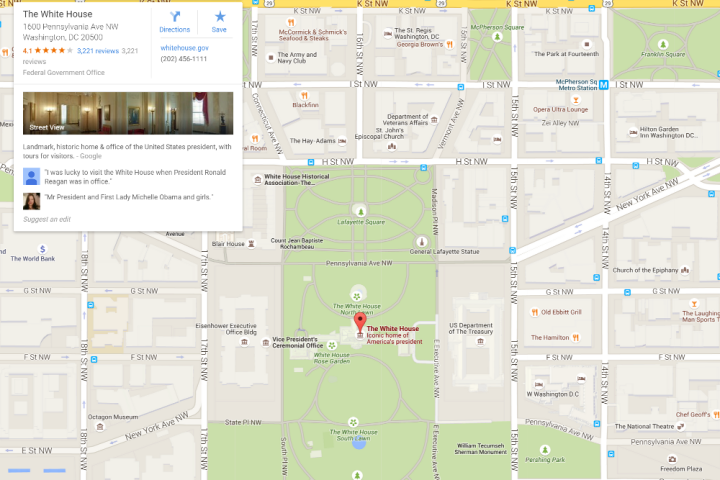
Fitzpatrick went on to explain Google’s ranking system builds a tie between locations and terms mentioned alongside them in online discussions, which is how this problem occurred. (the implications of which are disturbing in and of themselves). “But this week,” Fitzpatrick noted, “we heard about a failure in our system—loud and clear.”
So while it’s really improper user etiquette and general ignorance that led to the major faux pas, Google has assured its users that it is taking all necessary steps to ensure that nothing of the sort ever happens again. Fitzpatrick wrote, “Our team has been working hard to fix this issue. Building upon a key algorithmic change we developed for Google Search, we’ve started to update our ranking system to address the majority of these searches—this will gradually roll out globally and we’ll continue to refine our systems over time.”
Maps has run into quite a few problems in the last few months, including the appearance of an Android urinating on the Apple mascot in a map of Pakistan, due to its previously lax editing policy that allowed users to make changes at will. The feature was quickly disabled after the initial discovery, and has yet to be reactivated. But despite these missteps, Fitzpatrick vowed, “we will do better in the future.”


